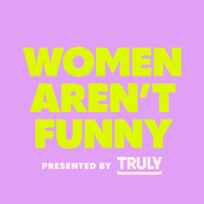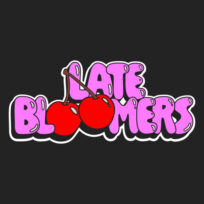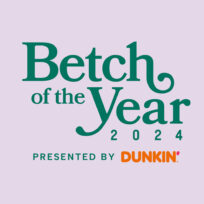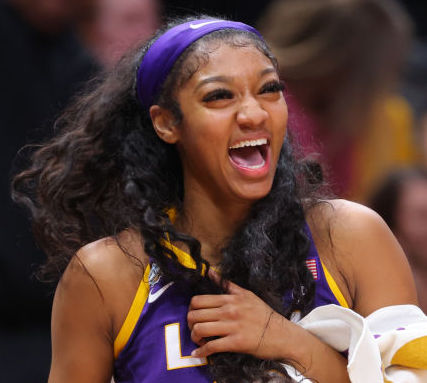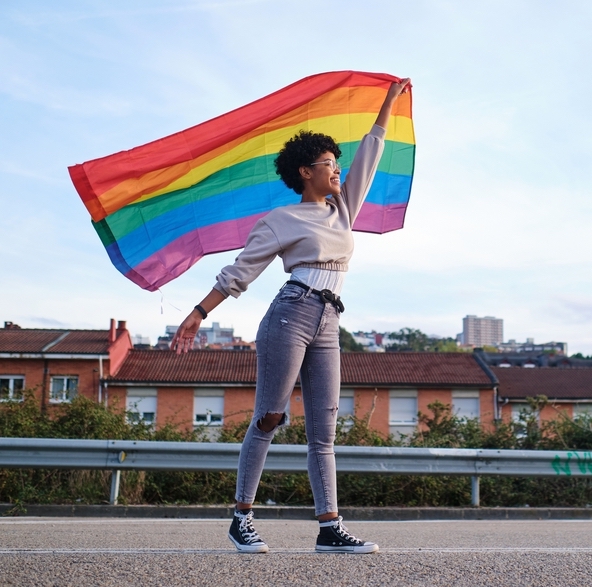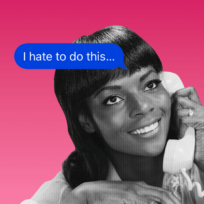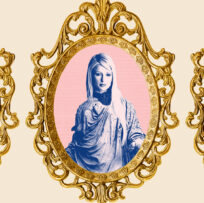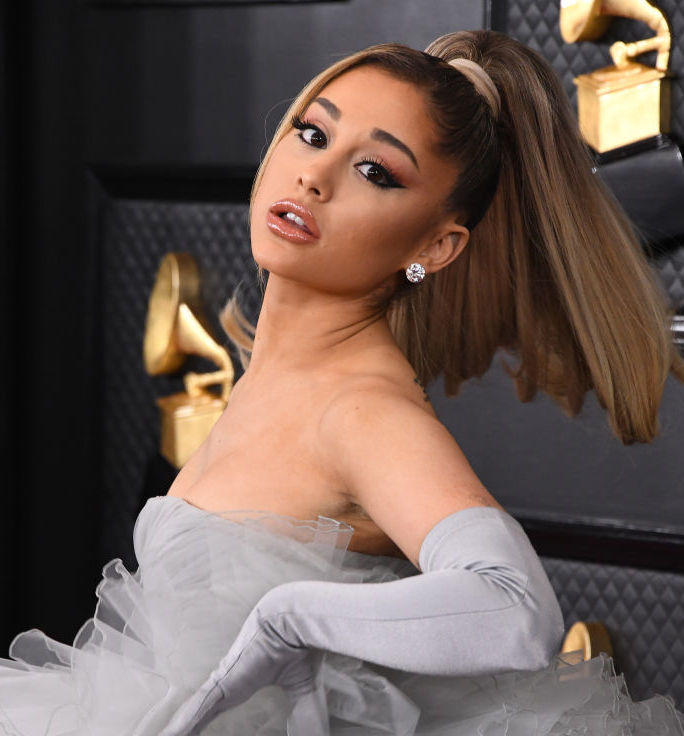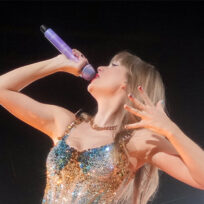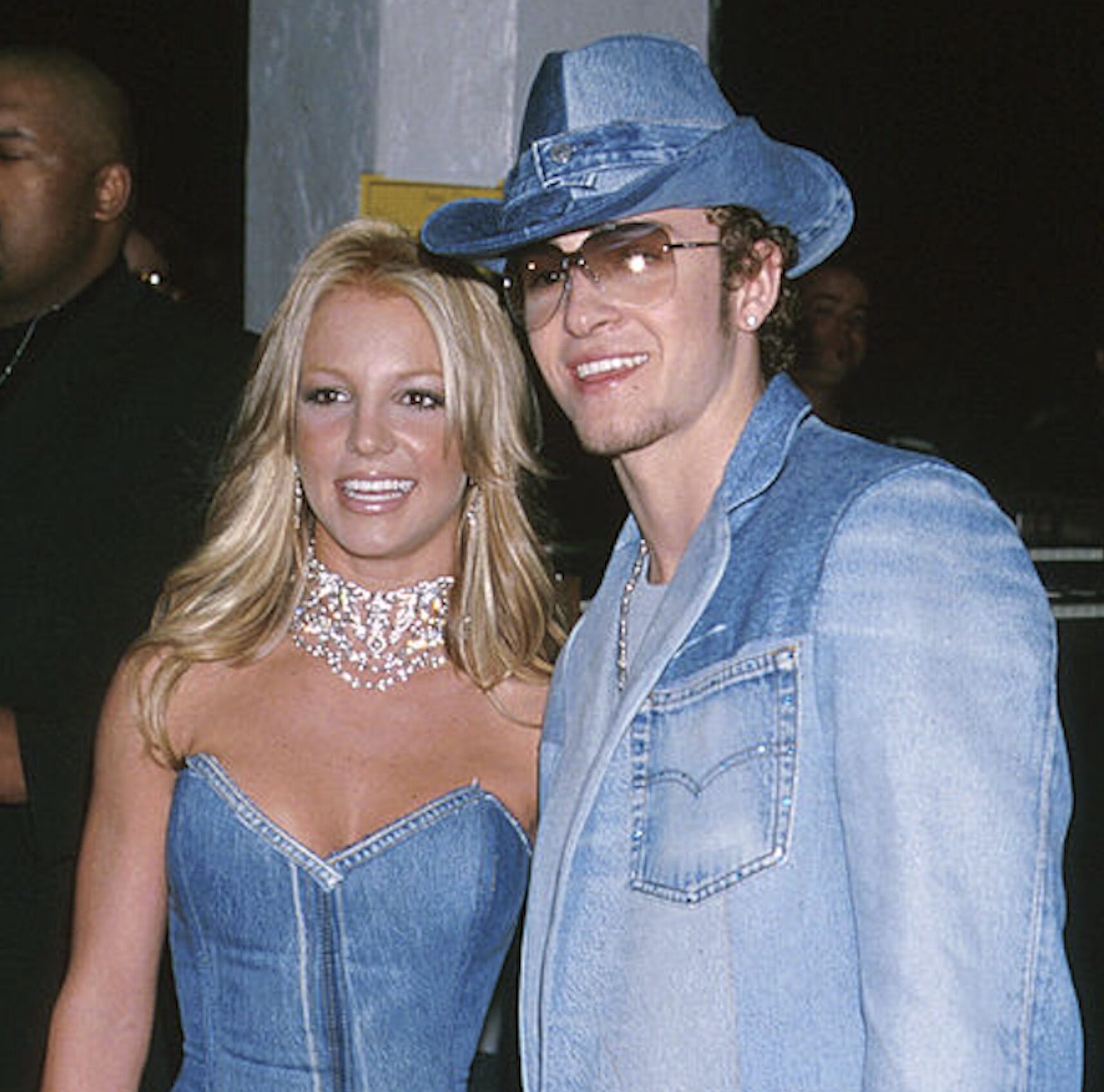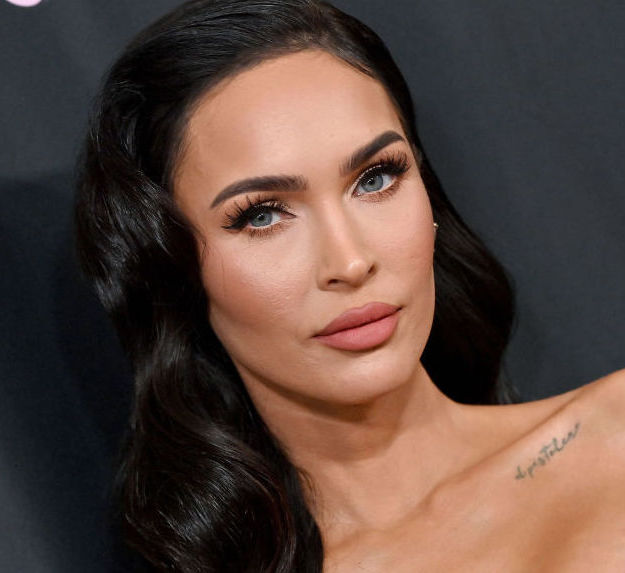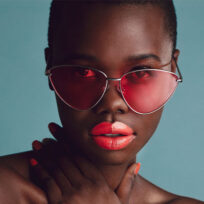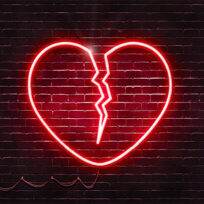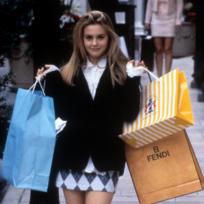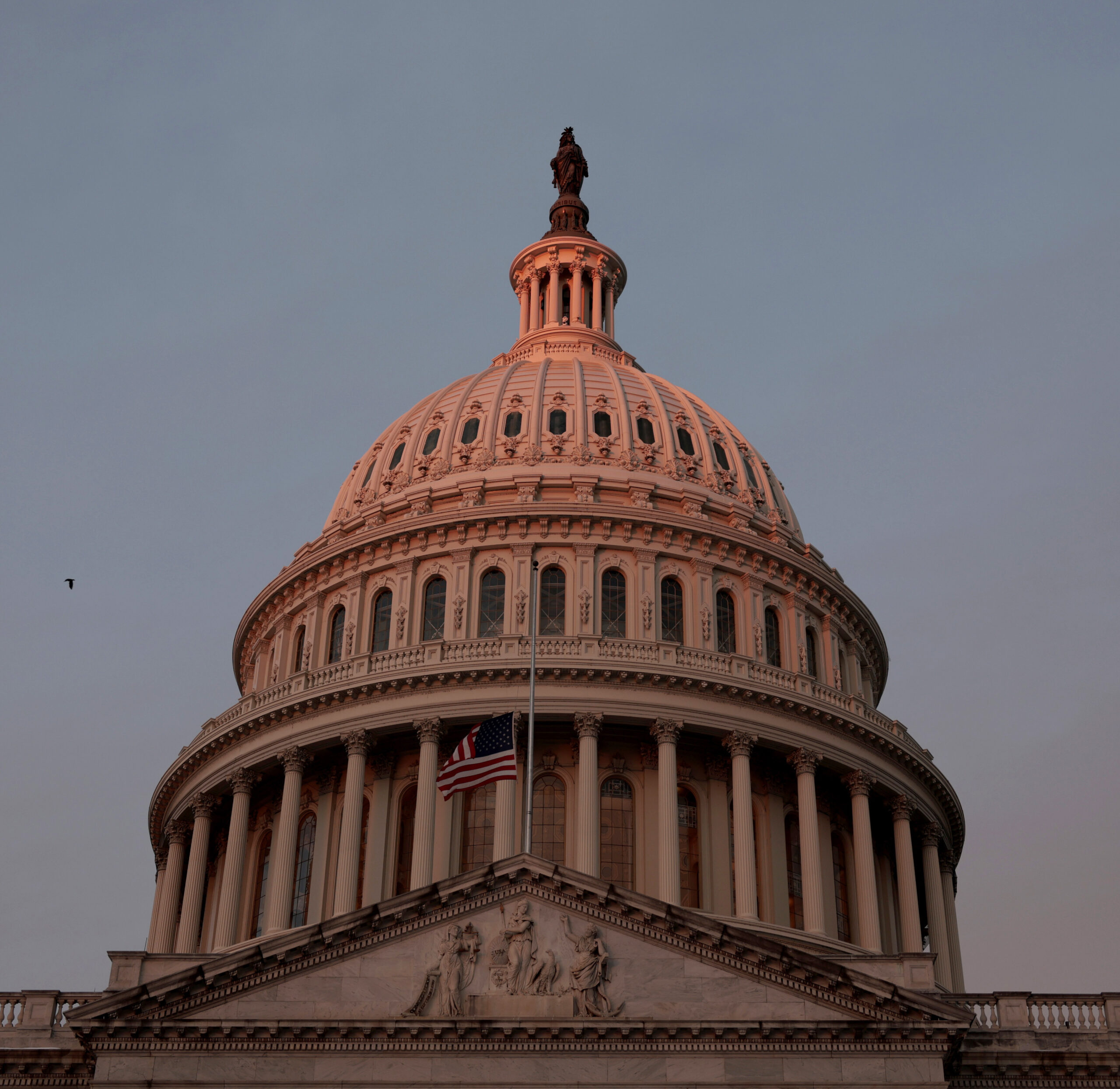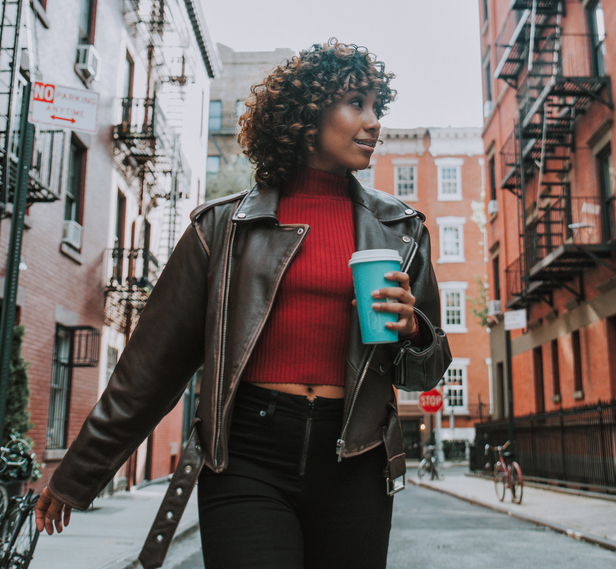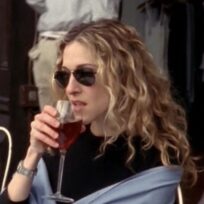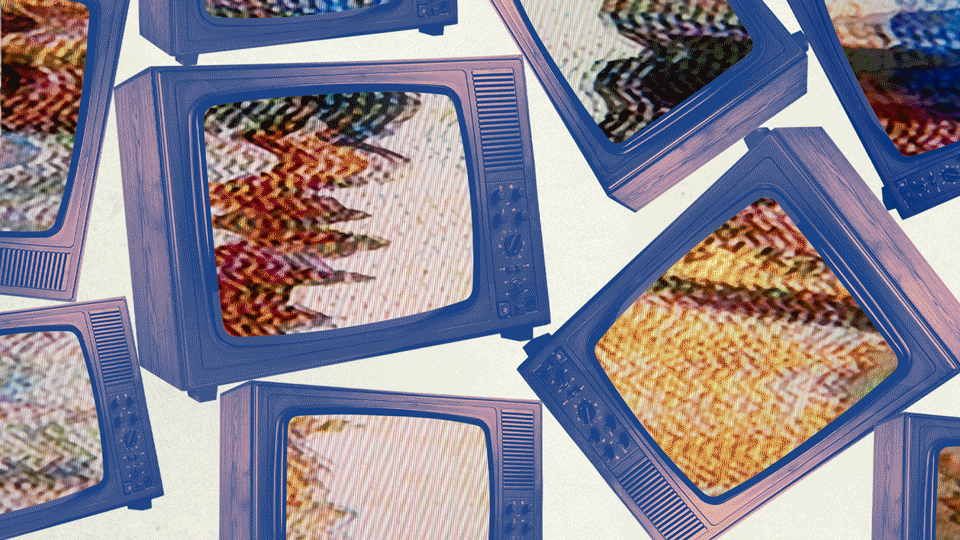When Candid Camera blazed across Americans’ iPod Nano-sized TV screens in 1960, it scratched an itch in our brains that we didn’t know existed, the olden times equivalent to stumbling upon an ASMR video of stacking kinetic sand. Often called the first reality show ever, it used hidden cameras to capture unsuspecting civilians’ reactions to pranks and oddball situations, opening our minds to the idea of humans being observed as entertainment. Future spins on this type of series would include Ashton Kutcher’s Punk’d (2003) and John Quiñones’ What Would You Do? (2008), which we all definitely watched in a high school social sciences class in lieu of a legitimate unit on racism.
Once Pandora’s box opened, we’d see everything from dating shows where contestants wore prosthetic animal costumes to Vanilla Ice Goes Amish, where Vanilla Ice learns how Amish families live and then renovates their kitchen.
Today, a reality TV show on nearly any topic will get greenlit since they’re cheap to produce, but most unscripted programming still falls into one of these seven categories:
- The Wind, You Guys… Is This Necessary?: Chaotic Families
- So You Think You Can Be America’s Next Top Best Superstar: Competition Reality
- My Car is Dunzo: Teens Being Bad
- Cabs Are Here!: Adults Being Bad
- Snakes and Rats: Social Strategy Games
- Are You Wearing The Chanel Boots?: Dramatic Makeovers
- Finding Love (And Followers): Reality Dating
In this chapter, we’ll explore each genre from its inception to its current state and determine how it has evolved (or hasn’t) through decades of societal shifts.
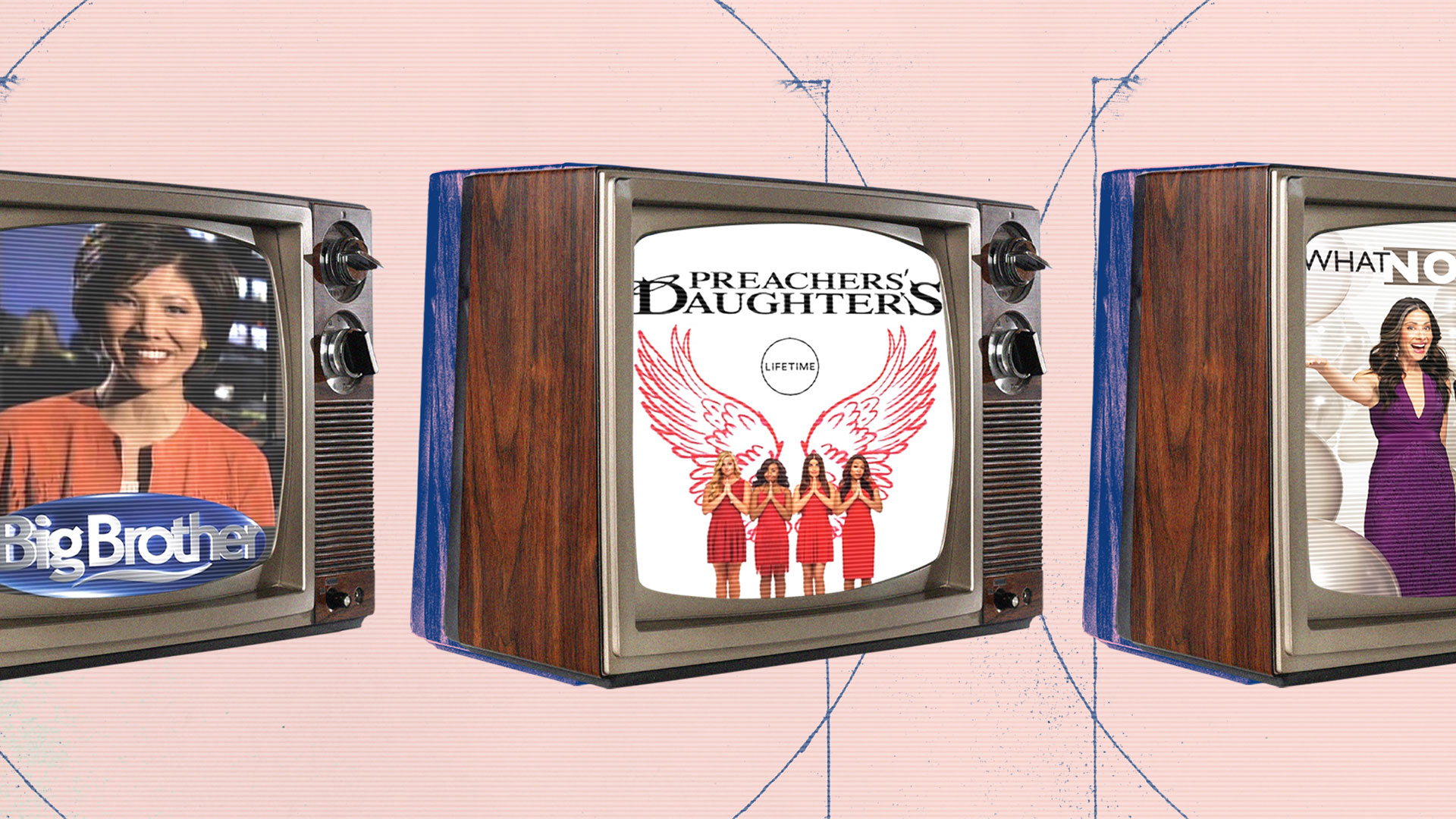
The Wind, You Guys… Is This Necessary?: Chaotic Families
The ’70s: While Candid Camera got audiences acquainted with the idea of unscripted television, An American Family (1973) was the true OG iteration of the type of reality show we know today. It chronicled the everyday lives of the Louds, an upper-middle class Santa Barbara family, filmed fly-on-the-wall, Truman Show style. For the first time, we watched “regular people’s” lives devolve, with the Loud parents’ marriage breaking down in real-time.
This might sound like small potatoes in an era where multiple shows’ entire premise is forcing couples to cheat on each other, but at the time, it was revolutionary. It would be like if Bravo suddenly came out with Real Housewives of The Omega Nebula and we got to see boujie aliens fight with each other about school district zoning policies across the lenticular galaxy.
The Aughts: Evidently everyone was too busy smoking crack in the 80s to make any reality TV, so the big resurgence of surveillance shows didn’t occur until we traded leg warmers for bucket hats in the 2000s.
While An American Family captured the ongoings of a very cookie cutter family for a seven-month stretch, TLC strikes gold with a twist: identifying atypical families and shoving cameras in their faces for the rest of eternity.
This begins in 2006, with Little People, Big World, which follows a family with dwarfism operating their farm and partaking in other banal activities. Will Matt sell enough pumpkins during the peak Halloween season? Will Amy’s surprise birthday party go off without a hitch? They should’ve called it Little People, Huge Stakes.
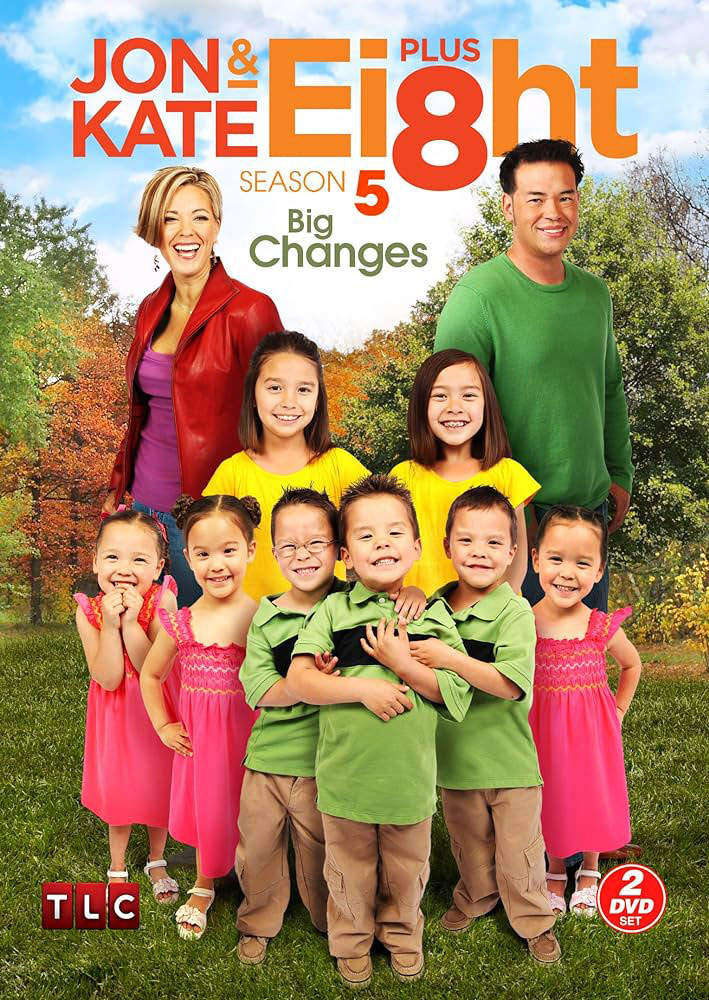
Shortly after, Jon & Kate Plus 8 (2007), 19 Kids and Counting (2008), and Here Comes Honey Boo Boo (2012) hit the scene, supercharging a new era of exploiting your young children for money. The children from both the former series eventually participated in documentary exposés about how fame corrupted their parents, with abuse and manipulation behind the scenes of their “happy families,” and Honey Boo Boo is currently at war with her mother for misusing her Coogan account.
Around the same time, America’s Royal Family claims the throne: Keeping Up with the Kardashians’ first season airs in 2007, back when the sisters were still poor enough that they had to work shifts at Dash, and instead of appearing in the TIME 100 issue, Kim’s only award was second place on The Daily News’ Dumbest People list.
Where Are We Now? It’s 2024, and we’ll still never truly be caught up with the Kardashians.
Other families that have sought to duplicate the success of the KarJenners have cropped up over the years (e.g. The Family Stallone, The Culpo Sisters), but if it was truly that easy, we’d all be billionaires.
So You Think You Can Be America’s Next Top Best Superstar: Competition Reality
The Early Aughts: Who’s the last winner of a talent competition show you can name? Probably nobody, because with 18,000 competing shows, the genre’s star-making power has been diluted to nearly zero.
That said, back when monoculture thrived, American Idol (2002) easily turned Papa Johns’ cashiers like Kelly Clarkson into household names. Some of our most respected musical artists were nobodies, plucked from obscurity and dropped onto a national stage to sing covers of Celine Dion songs for the adoring public.
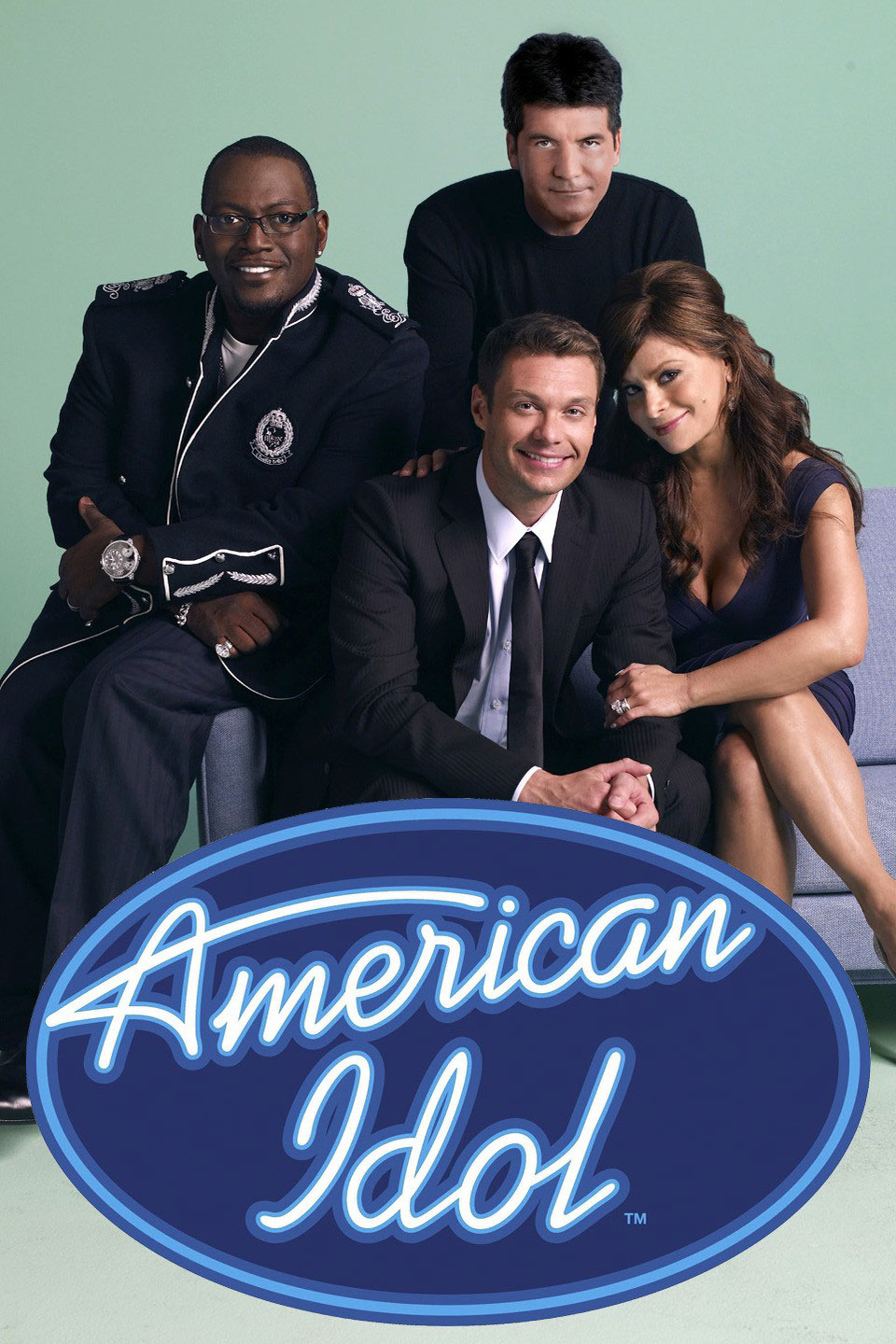
Shortly after, a slew of other competition shows popped up like whackamoles, including America’s Next Top Model (2003) Project Runway (2004), and Top Chef (2006). But let’s be real: winning ANTM was basically the equivalent of paying $6,000 for headshots at one of those fake Disney Channel casting calls we all begged our parents to take us to when we were 11. Did that Seventeen Magazine cover ever even see the light of day?
The 2010s: We start to have too many singing and dancing shows, so networks get more niche as our content viewing experiences become increasingly customized and disparate. RuPaul’s Drag Race debuts in 2009, followed by Ink Masters (2012) and later, the predictably less successful Blown Away (2019), a show about glass blowing that proved no market is too small. Even NPR people need reality shows!
Where are we now? You could never expect 13M people to sit down for a live episode of a competition show in modern society, so reality competition shows have gotten even more gimmicky in desperate attempts to woo our attention away from TikTok chiropractor videos.
This means shows like The Masked Singer, where E-list celebs dress up like Cauliflower, Nailed It!, where contestants are given 17 minutes to recreate edible art, and Is It Cake?, where you guess if common household items are real, or simply made of cake, are now commonplace.
My Car is Dunzo: Teens Being Bad
The ’90s: This genre begins in 1992, with the first season of MTV’s The Real World, forcing a group of 18-26 year olds to share a house in a new city (chaos, destruction, and sex ensues!).
The series was praised for putting a spotlight on serious issues that young people were navigating, including AIDS, addiction, and sexuality — mixed in with drunken shouting matches and shower threesomes, of course.
The Early Aughts: Although The Real World included many older teen cast members over the years, 2004’s Laguna Beach was the first show that solely focused on high schoolers – in this case, the incredibly privileged kind who book out hotel rooms for awkward co-ed parties instead of just playing Usher with the lights off in someone’s basement.
Around the same time, My Super Sweet Sixteen (2005) debuted, where the daughters of white collar criminals would make a party planner cry, spend $50K on a gown shaped like a pastry (thanks, Tay), have a meltdown, and end the night with a brand new BMW Series 3.
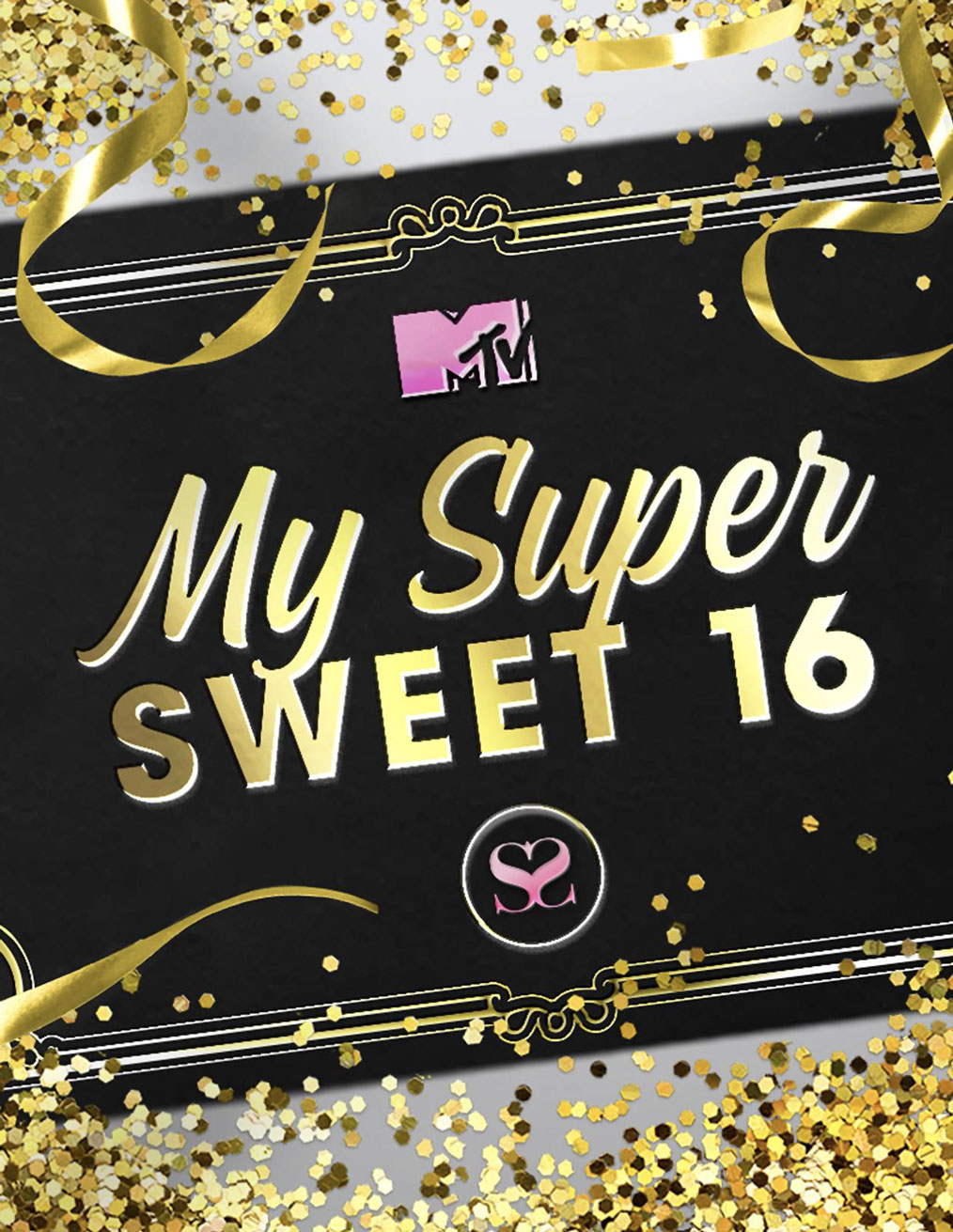
The 2010s: This is when things start to get…very exploitative. In 2009, MTV airs 16 and Pregnant (future spinoff: Teen Mom), a docu-reality series that follows girls 15-17 navigating the challenges of being a child while raising a child. The New York Times, always quick to punch down, described the cast as “real-life Junos who are not scoring in the 99th percentile on the verbal portion of their SATs.”
Because networks were obsessed with the sex lives of teenagers, TLC releases Preachers’ Daughters in 2013, which chronicled the lives of super horny teens in the south and their ultra-religious parents who’d rather burn a Bible than find out their Mackenzie Leigh had kissed her boyfriend with tongue.
Where are we now? We thankfully don’t make these shows anymore! When minors are on TV, it’s typically a younger wunderkind demographic on wholesome shows like MasterChef Junior. Everyone will have plenty of time to throw martinis when they’re older!!
Cabs are Here!: Adults Being Bad
Early Aughts: The rich kids of Laguna Beach graduated from “Teens Being Bad” to a new era of “Adults Being Bad” in 2006, once again kickstarting a defining American guilty pleasure genre. The same year, Oxygen’s Bad Girls Club premiered, which had an emphasis on physical violence, to really put a bow on things.
But that’s not all! 2006 also marks the beginning of The Real Housewives franchise, the ultimate and definitive genre touchstone. Starting in Orange County and quickly metastasizing across our great nation, The Real Housewives proved just how much we crave one percenters shading each other over absent casseroles and disproportionately-sized doormats.
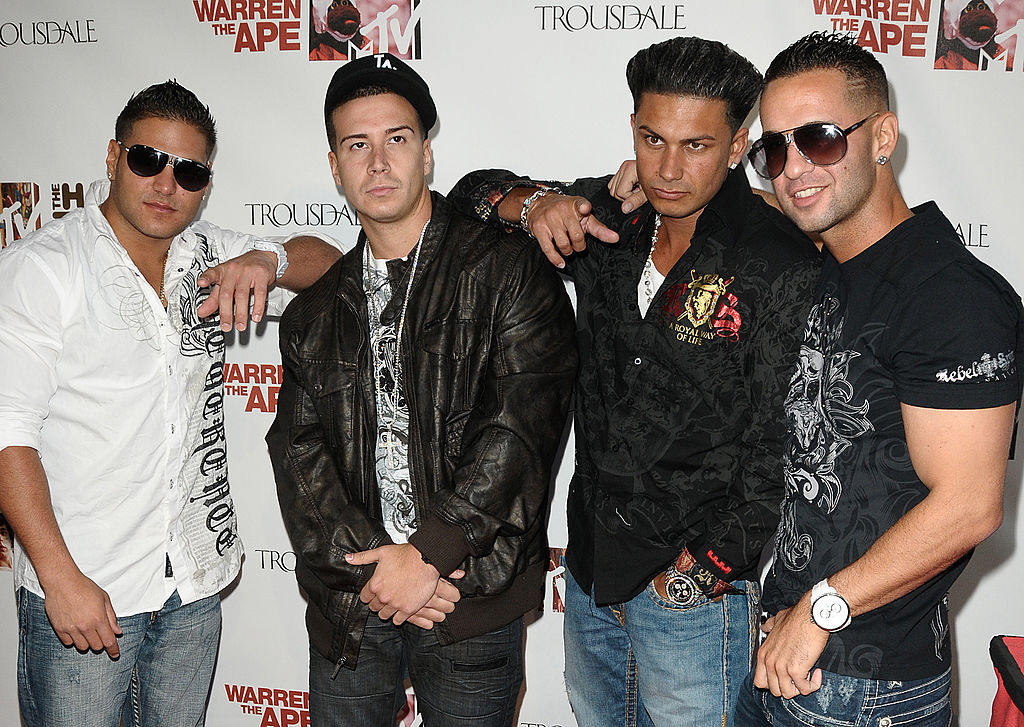
The 2010s: Post-recession, when some of us were a little sick of seeing head-to-toe Rodarte, Jersey Shore is sent as a cure for our woes. The lovable hooligans, who were probably found by casting loitering outside a 7-11, brought their clothes to the shore house in trash bags, worked minimum wage summer jobs, and paid their own bar tabs.
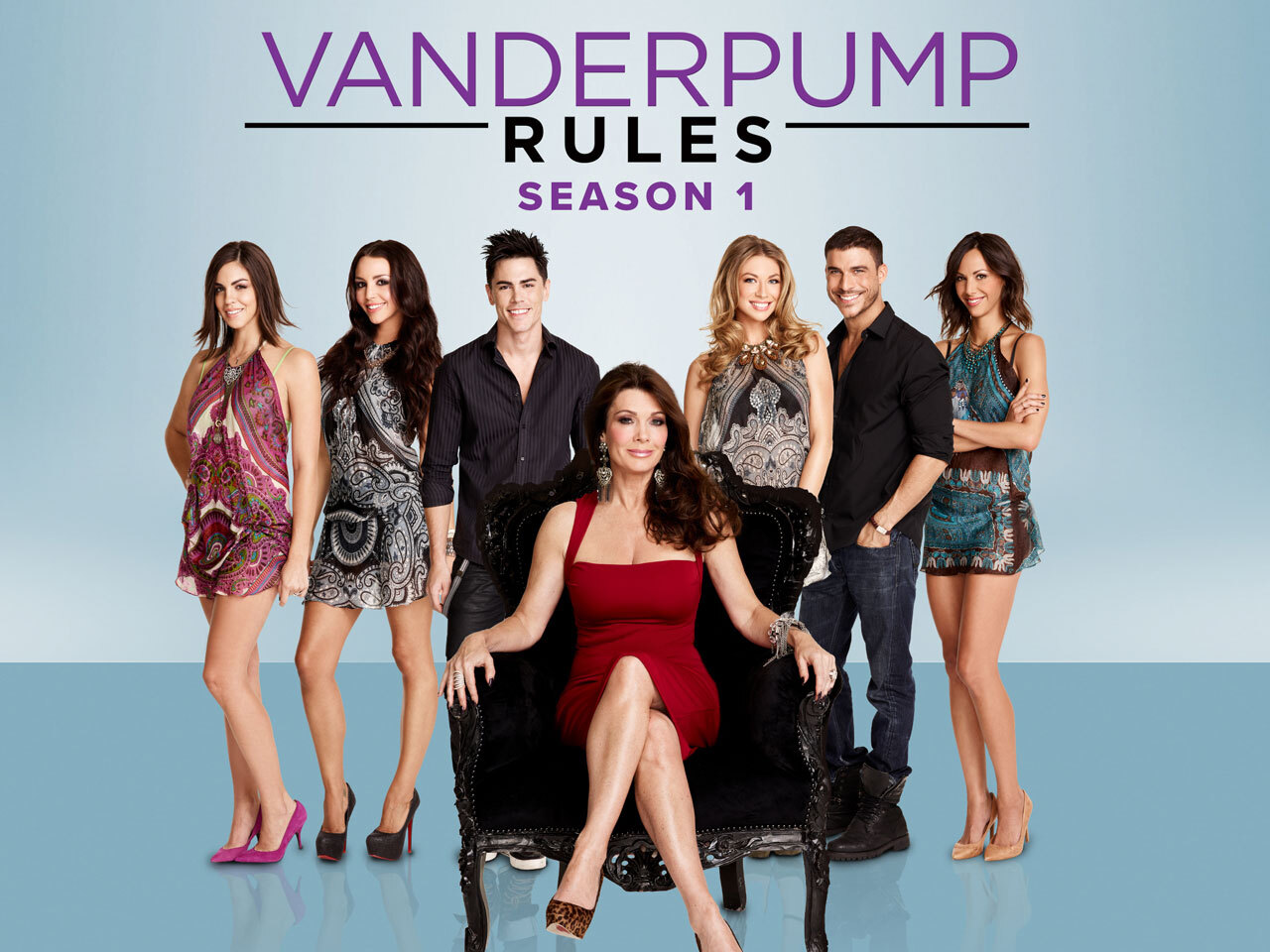
In 2013, the trend continued, with the slightly more elevated but still low-key broke-ass cast of Vanderpump Rules having sex in the bathroom at WeHo’s SUR. A few years later, some millennial yuppies start Summer House (2017), so other slightly upper-middle class coastal white people could see representation of the underwhelming Montauk party scene in a relatable way.
Where are we now? Nothing’s changed, because this formula never misses. Three more Housewives franchises have been added since 2020. Last year, VPR came back from the dead thanks to Scandoval and became a bigger cultural totem than it ever was in its heyday. When Andy Cohen dies, they’ll feed his brain to ChatGPT so he can host reunions from the grave.
Snakes and Rats: Social Strategy Games
The Nineties / Y2K: After MTV found massive success with The Real World, it promoted its star players to The Challenge (1998), one of the very first house competition shows, involving a mix of physical skill (like grinding on a massive bar of soap until it disintegrates) and social strategy (making out with the right combination of people).
In the new millennium, both Big Brother and Survivor arrive, proving that lying and manipulation can be just as valuable talents as an Ariana Grande whistle register when it comes to reality TV success.
Where are we now? All three of the aforementioned shows are remarkably still on the air, and they held that corner unchallenged for far too long. Maybe because they were viewed by networks and advertisers as shows that only weird Reddit people liked, the genre hasn’t been taken seriously or innovated upon until recently.
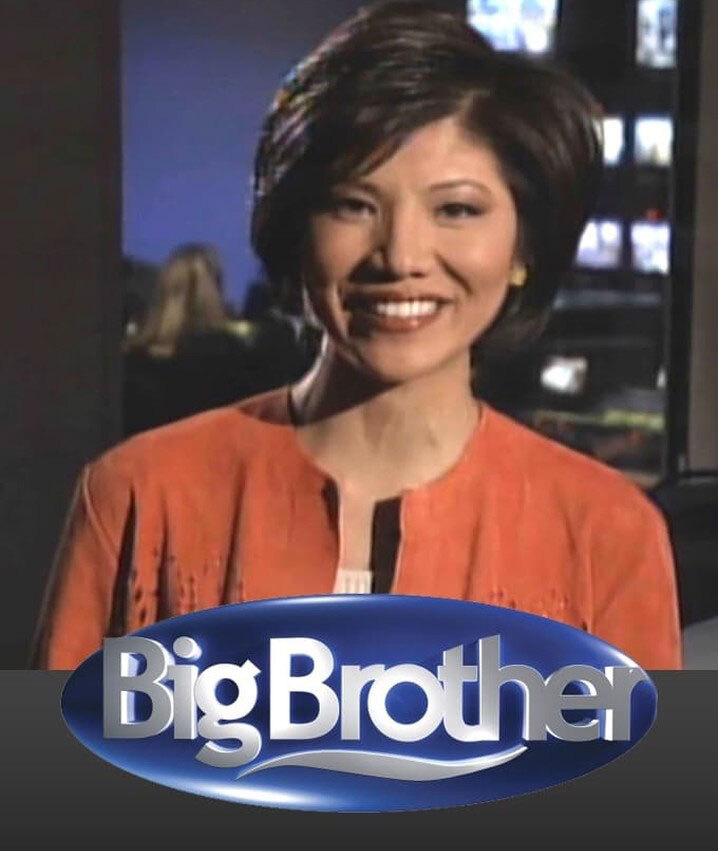
In 2020, Netflix launches The Circle, where contestants spend the entire duration of the show alone in a hotel room, communicating with each other via text. Its viral success proved that there was an appetite for new shows in this genre, leading to a reboot of The Mole (2022), Frankie Jonas’s Claim to Fame (2022), Craig Ferguson’s short-lived The Hustler (2021), and the new entrants The Trust: A Game of Greed (2023) and Deal or No Deal Island (2024).
Of course, we’d be remiss not to give a special shout-out to The Traitors (2023), where celebrities play a real life game of Mafia, creating the closest thing to water cooler conversation since Succession (we’re still waiting for our invite to Alan’s castle, btw…).
Are You Wearing The Chanel Boots?: Dramatic Makeovers
Early Aughts: In the same era that Nicole Richie sent out her MDW BBQ email instructing guests to starve themselves in order to meet the requirements of the scale bouncer, America had a lust for shows that were designed to humiliate oddballs and bully them into contorting to societal norms.
In 2003, we were blessed with What Not to Wear, the original Queer Eye for the Straight Guy, and MTV’s Made. Kooky ladies were told to straighten their hair and wear pencil skirts, hillbillies learned to make frittatas, and college students who wanted to get decent at soccer were screamed at by the Gordon Ramsey of personal trainers.
Then came The Swan (2004), a disastrous series that transformed “ugly ducklings” over a three-month period, described by USA Today as “hurtful and repellent even by reality’s constantly plummeting standards.”
The same year, The Biggest Loser premieres, a show in love with its own “virtue” for “helping” overweight contestants lose weight, while simultaneously coercing them to derail their progress with eating pizza and cake in exchange for a phone call with their loved ones. We love promoting healthy habits!
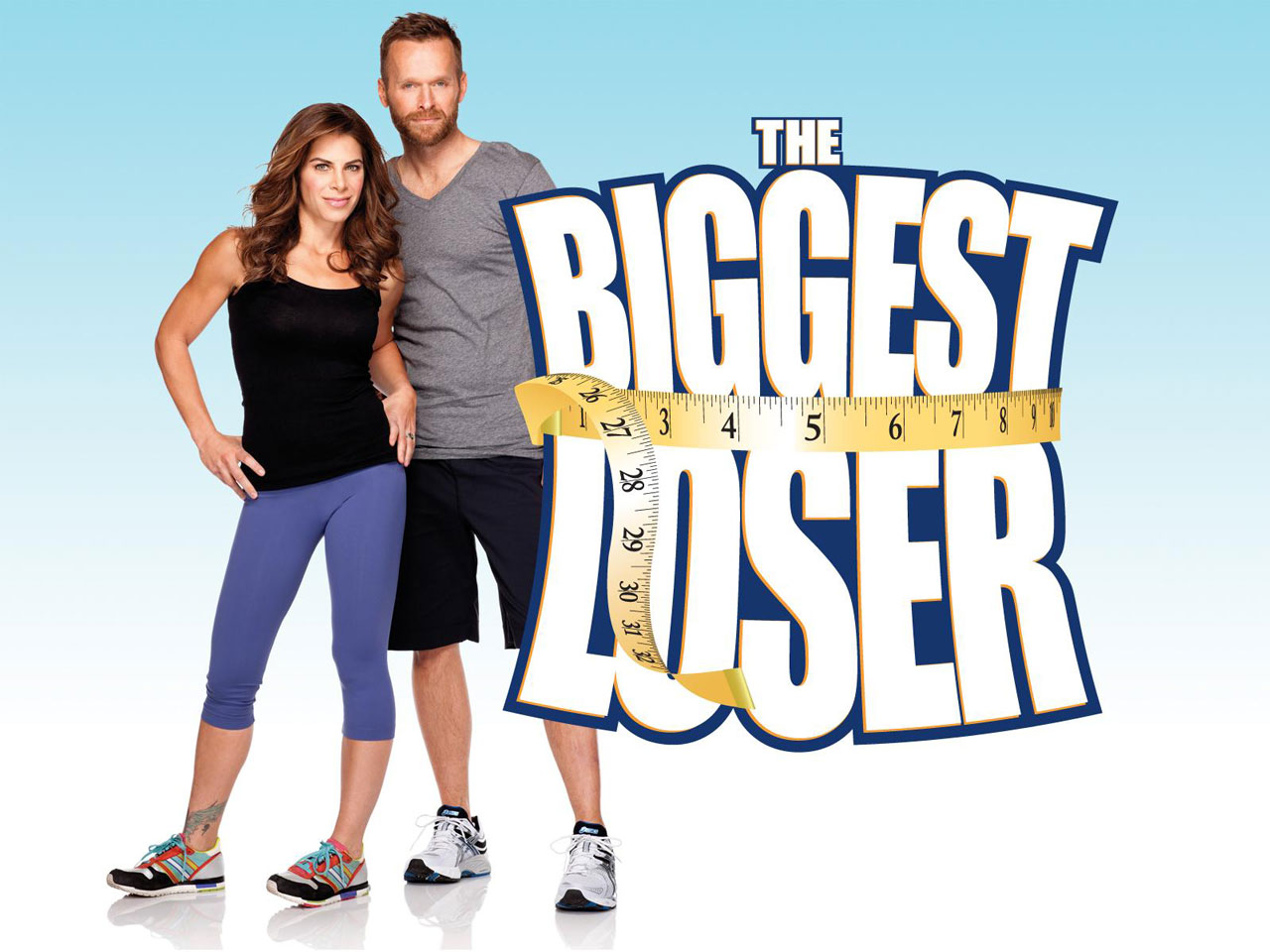
The 2010s: This voyeuristic interest in addiction intensifies a few years later, when Hoarders and My Strange Addiction both arrive in 2010 on TLC. On these much darker shows, there would be no floral blouses or hair dye (unless someone was eating it), and the “makeover” in question was typically a poorly produced intervention in a therapist’s office that looked like a real-life rendering of a Getty image.
This was probably the genre’s sleazy nadir, as we then moved into more sterilized, upbeat content from HGTV. Property Brothers debuted in 2011, followed by a slew of similar programming including Fixer Upper (2013) and Flip or Flop (2013), where people unironically named Chip taught us about crown moldings and recessed lighting.
Where are we now? The Earth might be warming at a rapid pace, but that doesn’t mean our society isn’t brimming with snowflakes.
80% of the shows that originally defined this genre would be called toxic trauma factories today, meaning what’s left of the makeover category has been sanded down to the gentle suggestion of change.
Case in point: when Queer Eye relaunched in 2018, their “culture” expert was replaced with a random man with kind eyes who encourages inner child work without a therapy license.
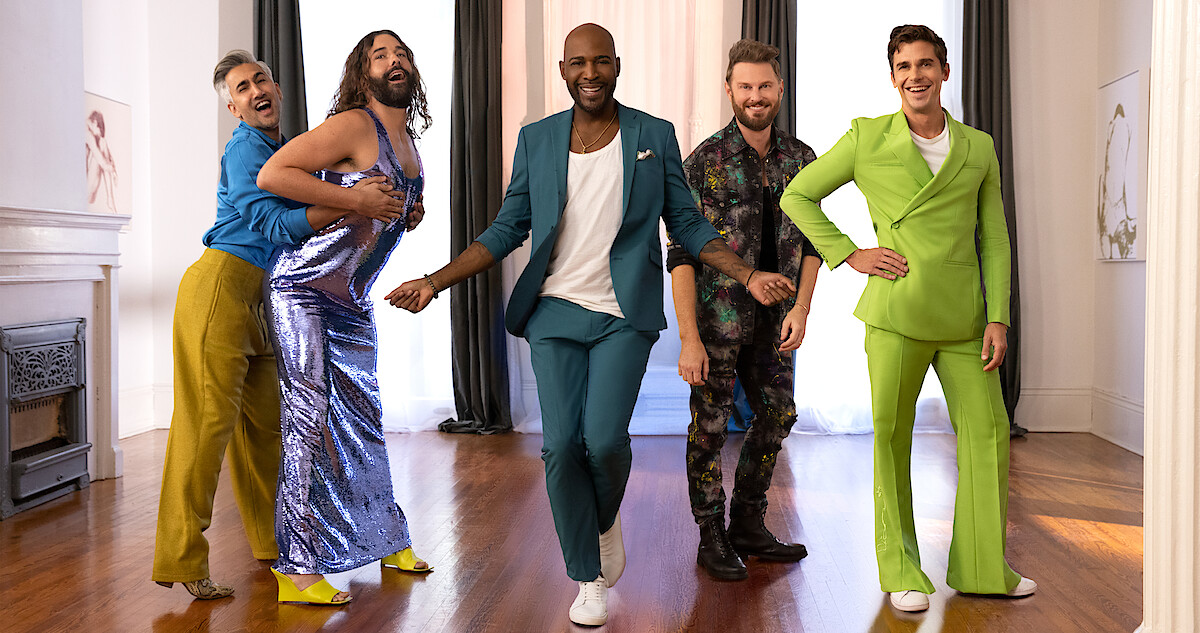
Finding Love (And Followers): Reality Dating
The Early Aughts: Love it or hate it, The Bachelor pretty much started this entire family. Once the machine powered on, there was no stopping it, and we are still begrudgingly glued to ABC Mondays to this day.
Similar concepts like Joe Millionaire (2003) and Millionaire Matchmaker (2008) cropped up here and there, but nothing could compete with The Bachelor’s dominance, and its eventual spinoffs.
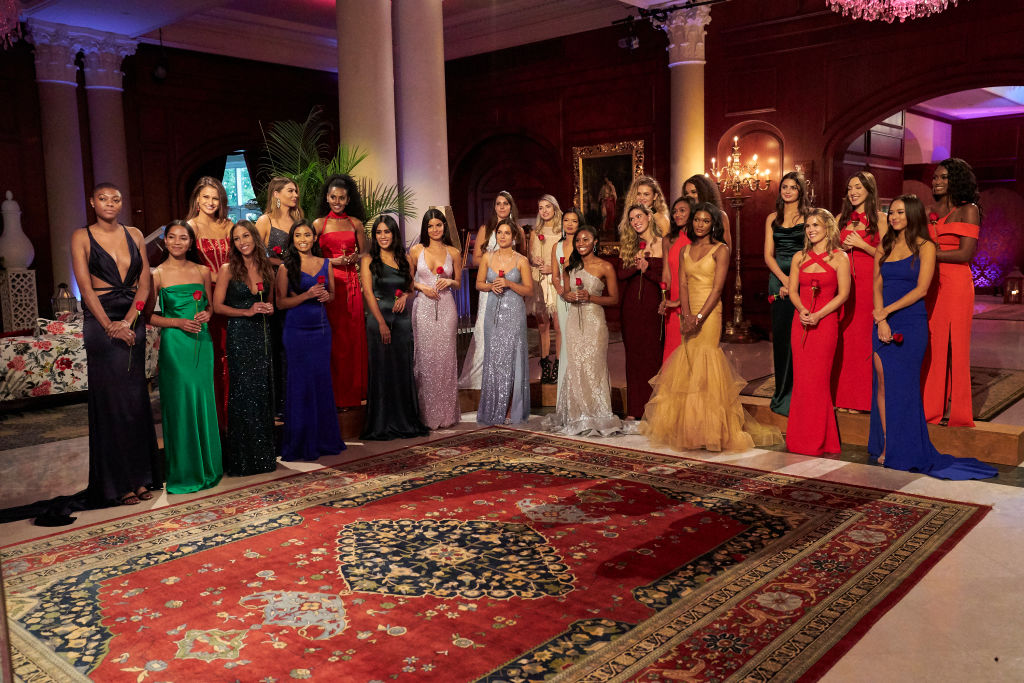
The 2010s: Around the same time that Bachelor in Paradise (2014) reinvents the wheel with a more laidback format, other networks start to catch on. People are sick of the chaste, aggressively Christian vibes of The Bachelor, and it’s time to sex things up.
MTV’s Are You The One comes out the same year, saying sayonara to the sacred and heavily-sanctioned Fantasy Suites — the Boom Boom Room is open for business, and anyone can bone anyone at any time.
A year later, the next big phenomenon, Love Island, begins in the UK, coming to the US in 2019. It reminds us that while sex is important, so is good chat, and 95 hours of drinking water on poolside bean bags that are probably growing their own bacterial ecosystems.
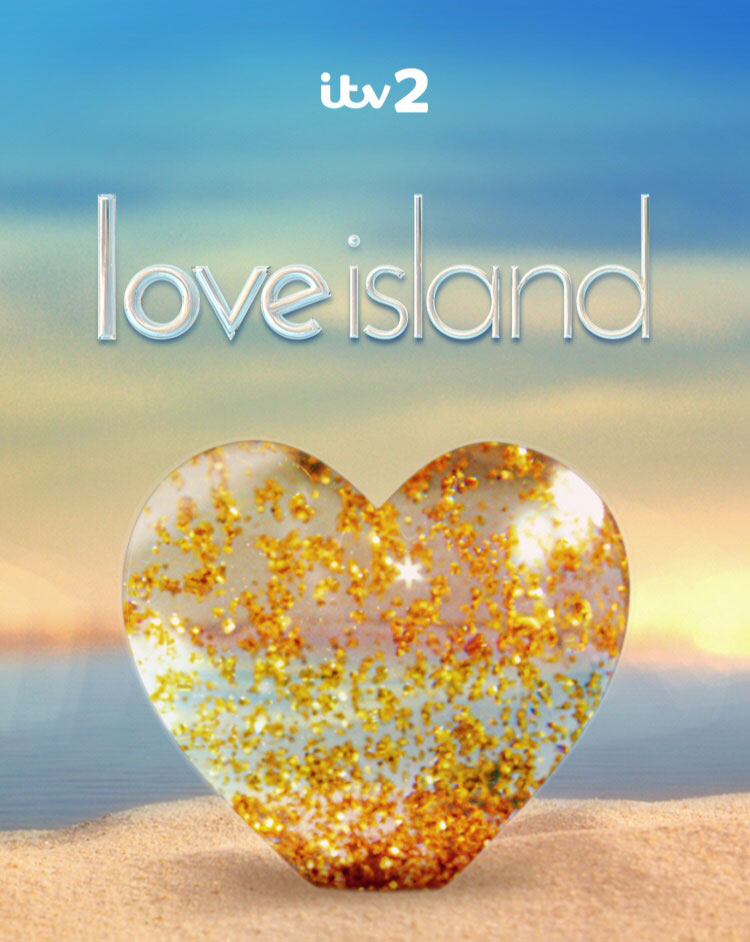
Where are we now? To keep our attention, network execs start drinking moonshine before their deranged corporate brainstorms and continuously up the ante — social “experiments” become all the rage, but it’s really all just psychological torture with royalty-free pop songs added in post.
2020 brought us both Love is Blind and Too Hot to Handle — one show where you can hear your dates without seeing them, and another where you can see your dates without touching them.
From there, we were given F Boy Island (2021), which is edgy in name only, The Ultimatum: Marry or Move On (2022), where long term couples are forced to date other people to show them whether they miss their partner or not (?), and Dated and Related (2022), which is not actually about second-cousins dating, even though I kind of wish it was.
Most recently, we’ve had a fixation on the dating lives of the social security community, with MILF Manor (2023), a very real show in which moms dated each other’s sons at what looked like the back patio of a Mexican Holiday Inn, and then the long-awaited Golden Bachelor (2023), where we became acquainted with the term “knocking boots.”
The way things are trending, our dating shows are both older and hornier than ever — I’m just waiting for TLC to announce Hospice Hotties in 2025.
